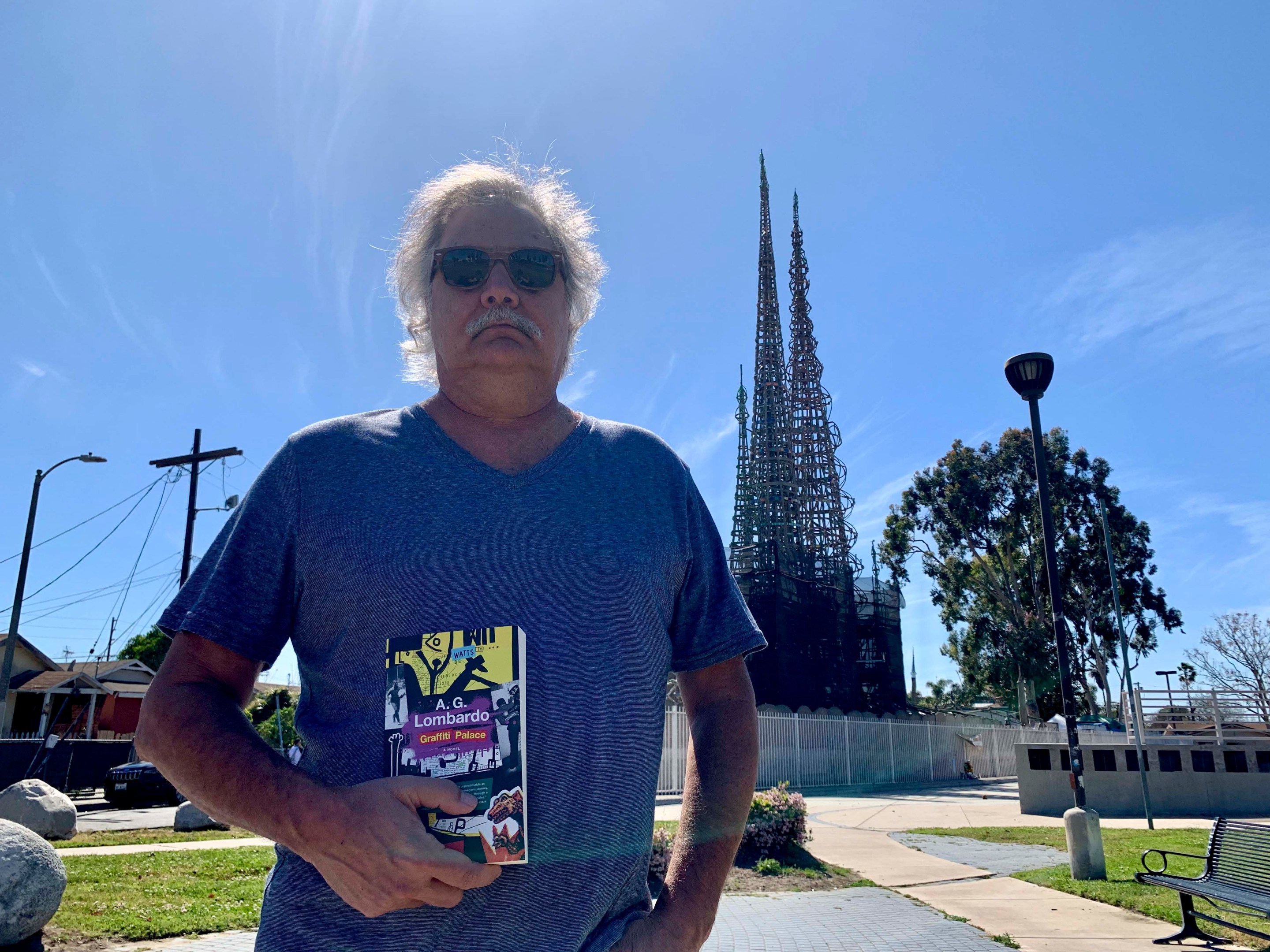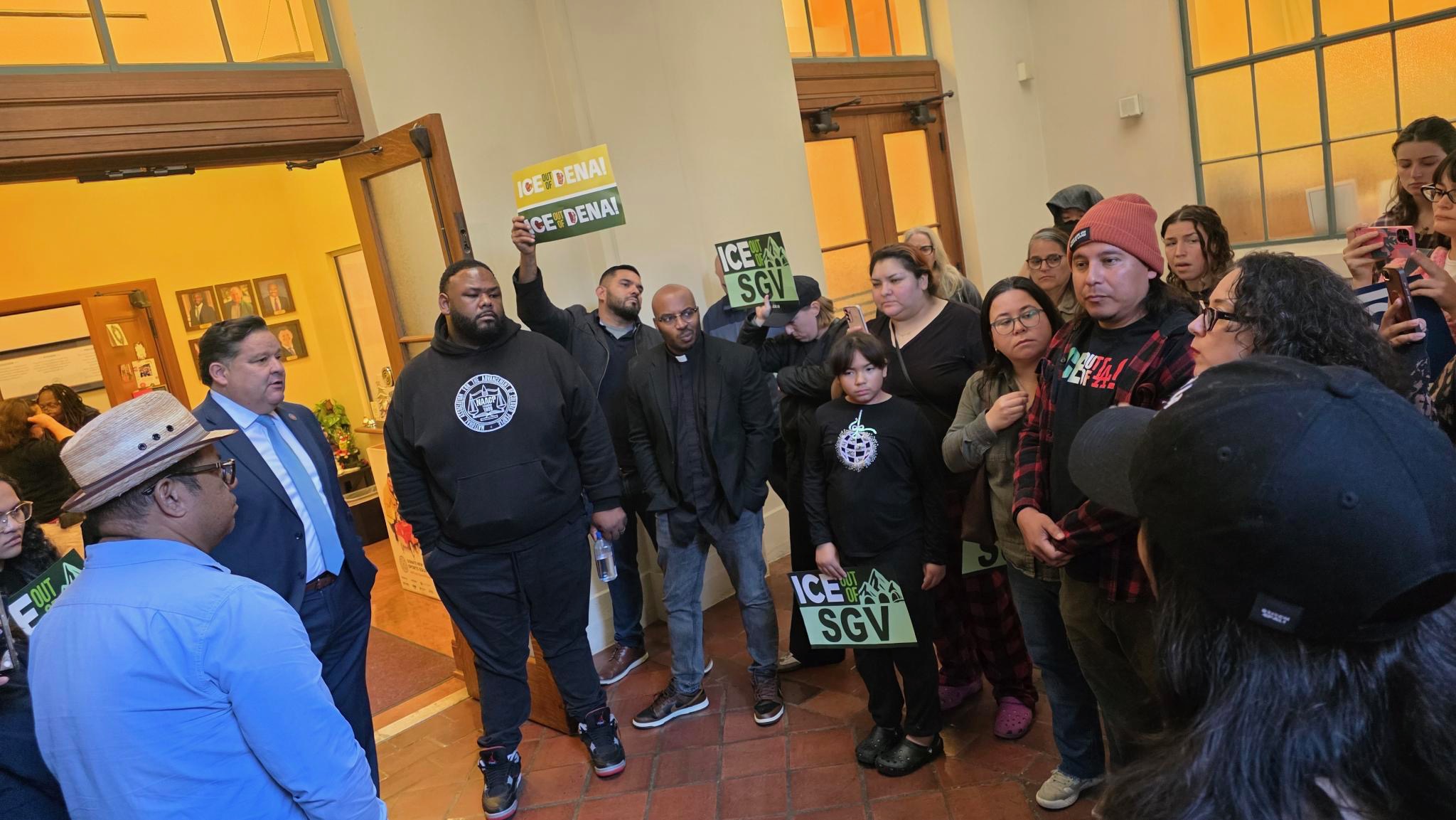[dropcap size=big]'I[/dropcap] had this idea for a character.'
It’s a beautiful sunny spring Saturday in Watts, the kind of weather perfect for enjoying plates of delectable mariscos, housemade aguas frescas, and good conversation with local author A.G. Lombardo about his debut novel, Graffiti Palace.
“This character is a street scholar and intellectual, an expert on street graffiti,” says Lombardo. “He lives in L.A., and as he travels around, he keeps a notebook. He knows all the secrets. The gangs and the cops all become interested in him because they all want intelligence on each other.
“Then I thought, what if one day this street scholar was walking home and ends up in the middle of the Watts Riots? And he starts experiencing adventures that parallel Homer’s The Odyssey, but in a magical realism sort of way? It’s totally nuts, but that’s how the novel came about.”
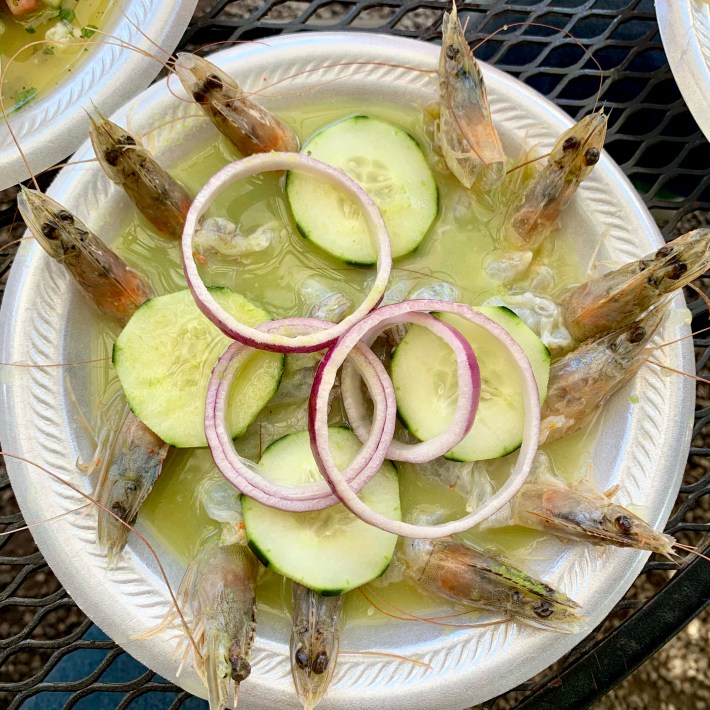
We sit in Doña Mary’s backyard on Grape Street just a stone’s throw from the Watts Towers arts center, an important place in the book. Over succulent aguachile camarones with their heads still on, Lombardo talks to L.A. Taco about his inspirations for writing Graffiti Palace, an updated version of the ancient Greek epic poem set in 1965 Los Angeles.
“I had the idea while I was teaching The Odyssey to seniors,” says Lombardo, who taught English and film studies at San Fernando High School for 20 years. “I would have the kids update or do modern retellings of some of the famous mythological scenes, like the sirens that bewitch Odysseus, or the Cyclops. It was really cool to get most of the kids to buy into the story. It dawned on me that somehow updating The Odyssey with this street scholar character would be a really cool idea, too.”
Inspired by the students, as well as a lifetime of reading magical realism and classics of Western canonical literature by Joyce and Poe, Lombardo took to writing his updated Odyssey by re-imagining the historic 1965 rebellions in Watts through his Homeric character, Americo Monk.

[dropcap size=big]I[/dropcap]n Homer’s classic, the hero Odysseus faces trials and tribulations as he tries to make his way home to the island of Ithaca, where his wife Penelope waits for his return from the Trojan War. It takes him 10 years. On the way, Odysseus encounters sirens who attempt to seduce him into infidelity, one-eyed cyclops, and other evil monsters who challenge his faith to family and tempt his bodily desires on his labyrinthian journey home.
In Graffiti Palace, Americo Monk is the organic intellectual and “street semiotician” who just wants to get home to his pregnant girlfriend in San Pedro. He spent a long day in Watts studying the newest batches of gang graffiti, drawing in his notebook and writing about the vandalized billboards, patterns of police sirens, and other signs of underground life he studies all over south Los Angeles.
"As he gets closer to home, a gang member picks him up and takes him the wrong way."
Monk’s girlfriend, Karmann Ghia, waits at home while hosting the rent party she and Monk had planned. Home is Boxville, a makeshift maze of welded-together abandoned shipping containers floating off the San Pedro port. Karman wonders what takes Monk so long to return, and all Monk wants to do is go home to Karmann. But sinister spirits and other obstacles lie in his path south from Watts to San Pedro.
“Every time Odysseus seems to get closer to him, the winds blow him back, forcing him off course,” says Lombardo. “The same thing happens with Monk. As he gets closer to home, a gang member picks him up and takes him the wrong way. Then the cops pick him up and take him the wrong way. The girls pick him up and take him to the Central Avenue jazz clubs. He’s doing his best to get back, but just like Odysseus, Monk’s always blown off course.”
RELATED: L.A. Taco Restaurant Guide: Watts
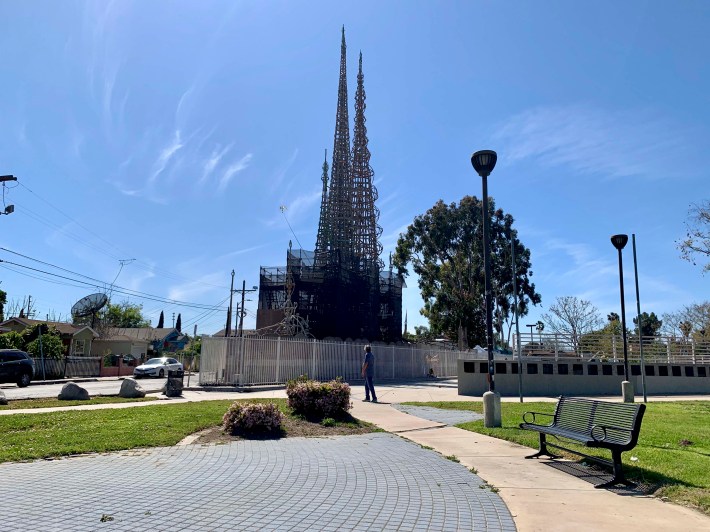
On his way home, Monk runs into the Nation of Islam brothers, who try to convert him. He gets high from smoking radioactive albino marijuana sold by “Las Sombras,” the area Latino gang. He even ends up in an opium den in Chinatown, way north of his destination, in a scene reminiscent of Homer’s “lotus eaters” episode.
One last trial by fire awaits him. To get home to San Pedro, Monk must traverse the maze of blazing buildings and police in riot gear across the streets of Watts, a city aflame with unrest.
“Just like Odysseus or Ulysses [the Roman name for him],” says Lombardo, “Monk is famous for his cunning. In the Odyssey, Odysseus rarely fought physically. He always used his brain to get out of trouble, like with the Cyclops, with Cerce, whatever it was. I also wanted Monk to be somewhat intellectual where he could use his brainpower to escape all the traps set during the riot.”
And like Homer’s heroine Penelope, who weaves and spins cloth at her loom waiting for Odysseus to return, Monk’s girlfriend Karmman also spins something while waiting for her man’s return.
“Karmann spins records,” says Lombardo. “Like Penelope at her loom, each record Karmann plays at the party is a step forward to bring him back. She’s done her fight, too. She’s fought just as hard as he has, but in a different way.”
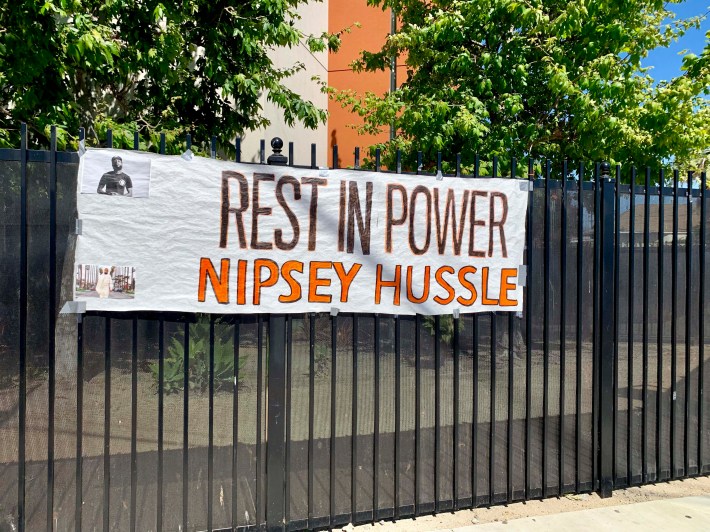
[dropcap size=big]T[/dropcap]hrough Monk’s Odyssean journey home, Lombardo maps an imagined alternative history of the Watts rebellions through the eyes of the downtrodden and disenfranchised of urban Los Angeles: the gang members, brothel owners, drug runners, opium addicts, famous propagandists, pregnant girlfriends, graffiti artists, nightclubbers, street hustlers, partygoers, old jazz musicians, loser “friends,” and regular folks just trying to survive their circumstances.
He also incorporates several images and historical figures of resistance and rebellion, from the cholo gangsters who aim epithets at the Dodgers and the building of their stadium in Chavez Ravine, to the Tokyo Rose, a famous underground radio personality during World War II.
“The adventures would be strange,” the writer acknowledges, “but like magical realism, they would have to be firmly grounded in reality, in the streets.”
'They were the ultimate symbol of resistance and also respect because they were left alone during the riots.'
During the editing stages for the book, Lombardo would go and walk around the neighborhoods as Monk would, making sure his hero’s route was real and plausible, that the streets Monk crosses made sense for where he was going in the city. He would pass important Watts landmarks and historical locations related to the riots, such as Charcoal Alley and of course, the Watts Towers.
“I had to incorporate the Towers,” said Lombardo. “They were the ultimate symbol of resistance and also respect because they were left alone during the riots. [Simon] Rodia built this incredible folk-art structure in the middle of this poor city. The white power structure hated it, but it’s another symbol of resistance in the novel and just fit so well with the things I care about in the book.”
We finish our mariscos and head two streets over to this indestructible public art piece by an Italian immigrant artist, whose masterpiece famously made it through unscathed during the August 1965 “Watts Riots.” In April 2019, memorials to L.A. rapper Nipsey Hussle rest at the foot of the fence that encircles the famous steel sculptures, partially closed to the public for repairs.
Sun shines through the otherworldly structures as the wind moves weeds and drying flowers left for Hussle. It’s a serene moment and hard to imagine what went down around here over fifty years ago.
As Lombardo leads us around the towers, we imagine what Monk might have thought about the neighborhood now. “I think Monk would have been happy to see all this. We’ve come a long way since ’65, but we still have a way to go.”
RELATED: 'Nips in Paradise' ~ Scenes from the Nipsey Hussle Victory Lap Procession Through South L.A.
